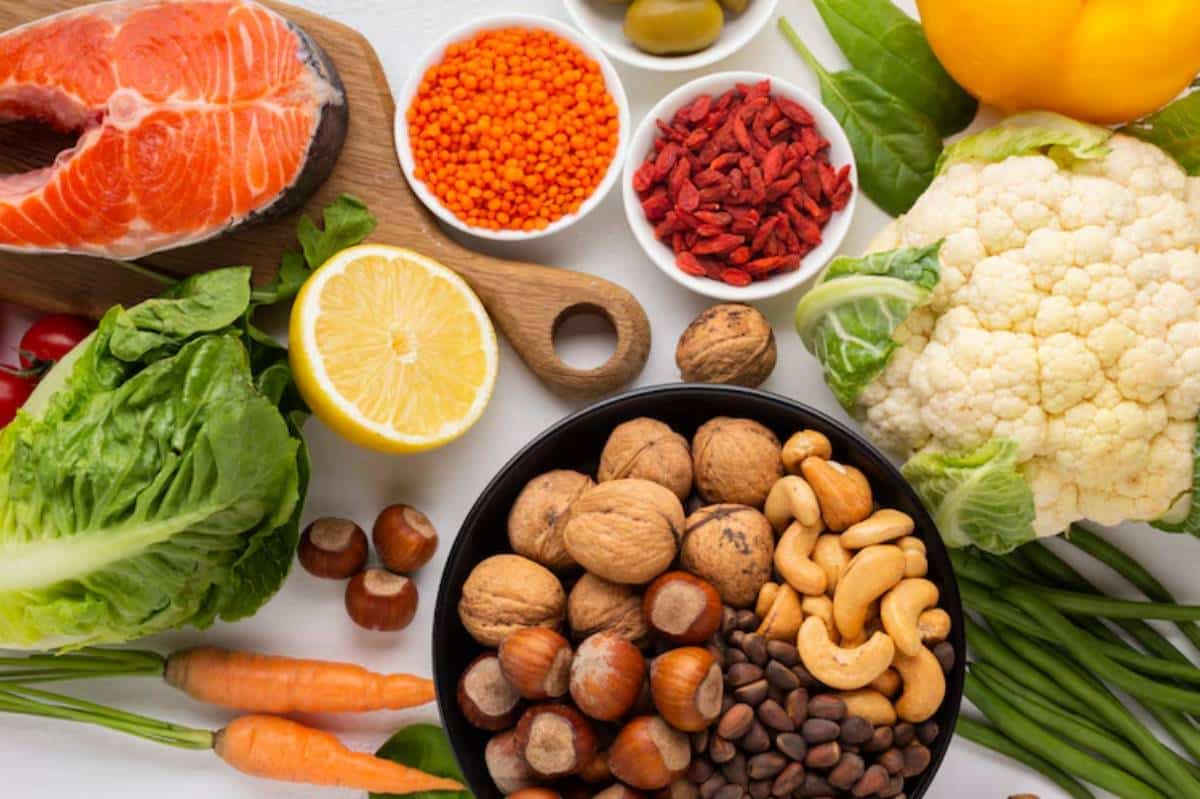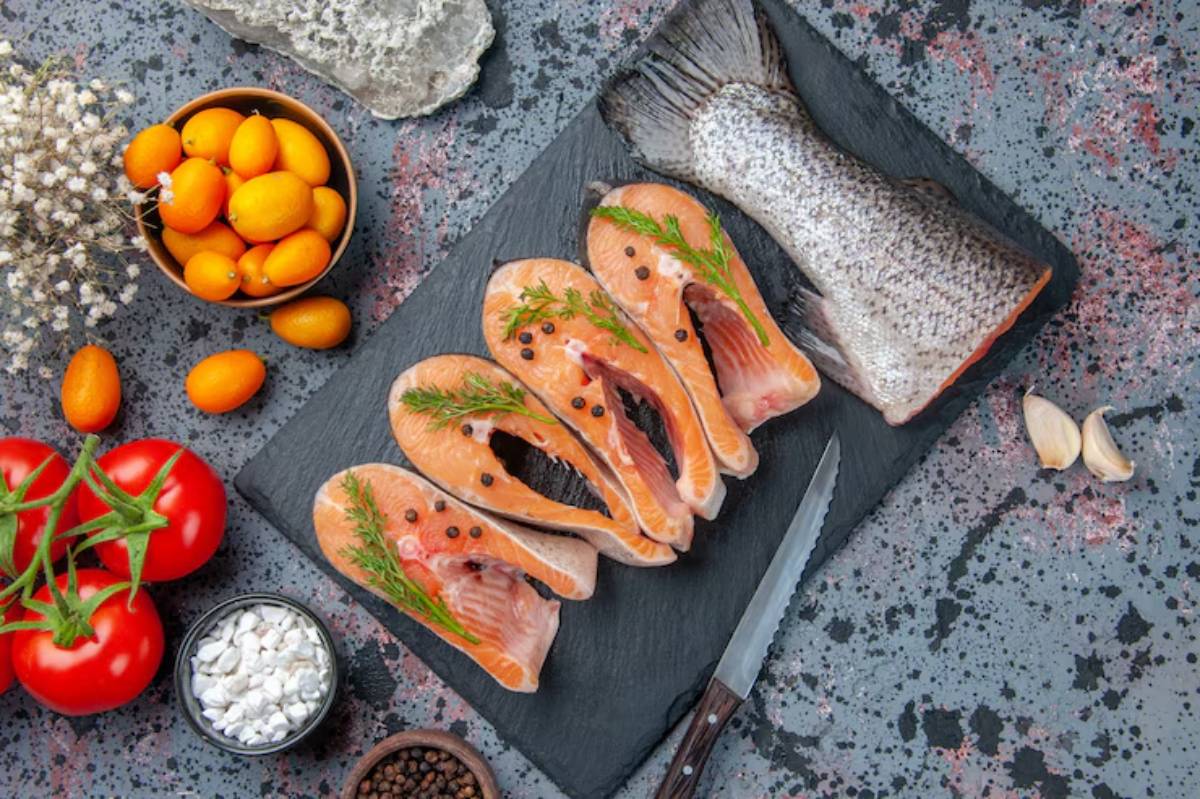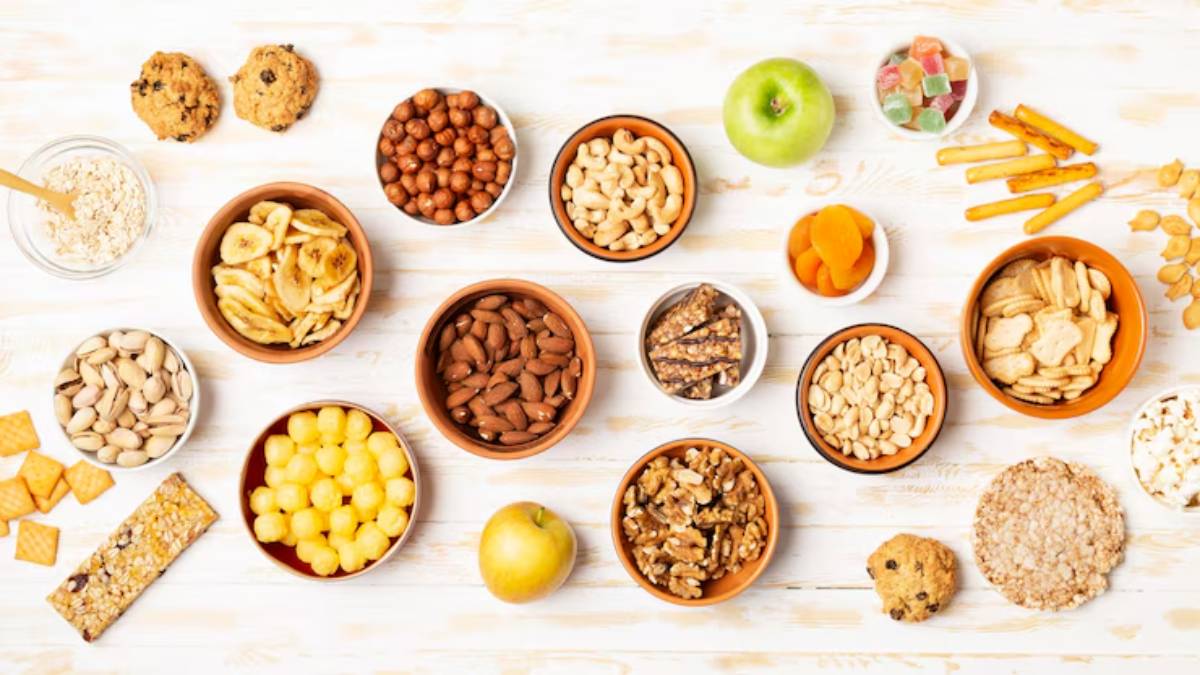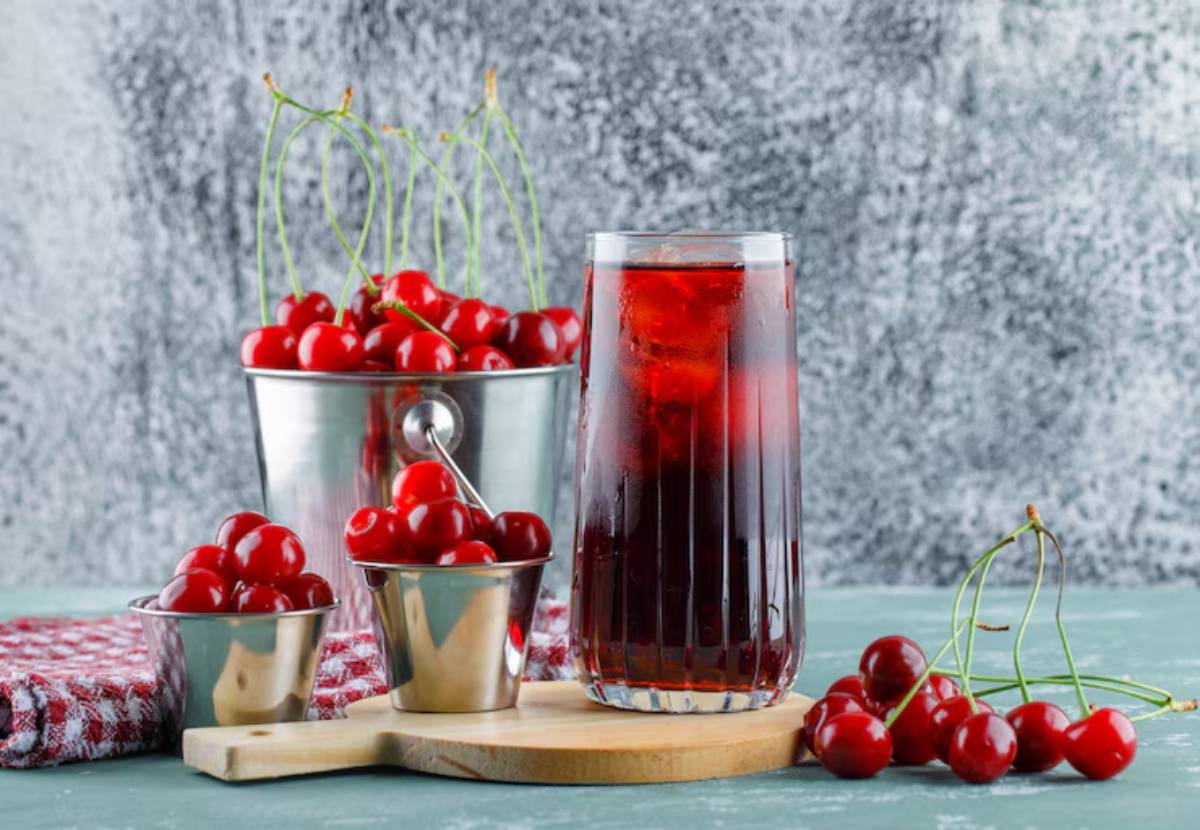
Anti-Inflammatory Foods That Support Recovery
You’ve just finished a brutal leg session, and everything aches — from your glutes to your calves. The burn was worth it, but the next-day soreness? Not so much. That’s your body working hard to repair itself, but it’s also a sign of inflammation, the natural response to the microscopic damage training causes.
While inflammation is part of the muscle-building process, excessive or chronic inflammation can hinder recovery, drain energy, and increase the risk of injury. The good news? What you eat post-exercise can make a powerful difference.
This isn’t about cutting out every carb or living on salad. It’s about including fitness-friendly anti-inflammatory foods that help your body heal, reduce oxidative stress, and get you back in action quicker, with less pain and more progress.
In this blog, we’ll unpack how inflammation affects recovery, which foods help reduce it, and how to build a muscle recovery diet that supports both your workouts and long-term health.
Understanding Inflammation in Fitness
Inflammation often gets a bad rap, but it’s not the enemy. It’s your body’s way of responding to stress — whether that’s injury, illness, or an intense workout. In the fitness context, acute inflammation is normal. It triggers muscle repair, adaptation, and growth.
But when inflammation becomes excessive or prolonged, it can interfere with the recovery process and lead to:
- Delayed muscle healing
- Increased soreness and fatigue
- Reduced performance over time
- Higher risk of overtraining injuries
That’s why managing post-exercise inflammation with anti-inflammatory foods, rather than ignoring it, is key to consistent, sustainable progress.
How Diet Influences Inflammation
Everything you eat either contributes to inflammation or helps fight it. Ultra-processed foods, added sugars, and trans fats promote inflammation, while nutrient-dense whole foods support the body’s natural healing process.
A solid muscle recovery diet includes:
- Anti-inflammatory fats (like omega-3s)
- Antioxidant-rich fruits and vegetables
- Herbs and spices with natural anti-inflammatory properties
- Quality proteins to support tissue repair
By choosing foods with high nutritional value, you’re giving your muscles the tools they need to bounce back faster and helping your whole body feel better daily.
Top Anti-Inflammatory Foods to Include in Your Diet
Let’s explore the powerhouse foods that fight inflammation while boosting recovery.

1. Fatty Fish (Salmon, Mackerel, Sardines)
Packed with omega-3 fatty acids, fatty fish are some of the most effective anti-inflammatory foods around. Omega-3s help regulate the body’s inflammatory response, easing joint stiffness and reducing muscle soreness.
How to use it: Aim for two servings per week. Grill salmon post-workout with greens and quinoa for a complete recovery meal.
2. Berries (Blueberries, Strawberries, Raspberries)
Berries are rich in antioxidants and polyphenols, which combat oxidative stress and inflammation caused by intense training. Blueberries, in particular, have been shown to accelerate muscle recovery and reduce soreness.
How to use it: Add a handful to your morning smoothie, yoghurt bowl, or overnight oats.
3. Leafy Greens (Spinach, Kale, Rocket)
These vibrant greens are loaded with vitamins A, C, and K, and antioxidants that help modulate inflammation. Their high magnesium content also supports muscle function and recovery.
How to use it: Toss into salads, blend into smoothies, or sauté with olive oil as a dinner side.
4. Turmeric (Curcumin)
Turmeric’s active compound, curcumin, has powerful anti-inflammatory effects. Studies have shown it to help reduce muscle damage and improve recovery time, especially when combined with black pepper to boost absorption.
How to use it: Add to curries, blend into golden milk, or stir into protein shakes post-training.
5. Ginger
Much like turmeric, ginger reduces inflammation and pain. It’s especially helpful for delayed-onset muscle soreness (DOMS), and some research suggests it can ease pain intensity when consumed regularly.
How to use it: Grate fresh ginger into smoothies, teas, or stir-fries.

6. Nuts and Seeds (Walnuts, Chia, Flax, Almonds)
Nuts and seeds are high in healthy fats, magnesium, and antioxidants — all of which contribute to reduced inflammation and better recovery. Chia and flax seeds are especially potent due to their plant-based omega-3 content.
How to use it: Sprinkle onto porridge, blend into smoothies, or snack on a small handful of raw almonds post-workout.
7. Green Tea
More than a calming beverage, green tea is rich in epigallocatechin gallate (EGCG), a potent antioxidant that’s been shown to reduce inflammation and support metabolic health.
How to use it: Enjoy a cup after your workout or in place of your afternoon coffee.
8. Avocados
Avocados are creamy and nutrient-dense, rich in monounsaturated fats, potassium, and fibre. They help reduce inflammation, regulate fluid balance, and support muscle repair.
How to use it: Mash on toast with eggs or slice into post-training wraps and bowls.
9. Whole Grains (Quinoa, Brown Rice, Oats)
Unlike refined carbohydrates, whole grains contain fibre and micronutrients that reduce inflammation and support stable blood sugar, which is important for post-exercise hormone regulation and recovery.
How to use it: Serve with lean proteins and veggies for a complete meal.

10. Tart Cherry Juice
Perhaps one of the best-kept secrets in recovery nutrition, tart cherry juice has been shown to reduce muscle pain, inflammation, and oxidative stress, especially after endurance workouts.
How to use it: Drink 240ml of unsweetened tart cherry juice within 30 minutes post-exercise for best results.
Building an Anti-Inflammatory Meal Plan
Here’s how to combine these foods into an easy, everyday fitness anti-inflammatory meal plan.
Post-Workout Breakfast
- Scrambled eggs with spinach and turmeric
- Avocado on wholegrain toast
- Blueberries and walnuts on the side
- Green tea or tart cherry juice
Lunch
- Grilled salmon or tofu with quinoa
- Rocket and kale salad with olive oil and lemon
- Chia seed pudding with berries (optional)
Dinner
- Chicken or lentil curry with turmeric and ginger
- Brown rice or roasted sweet potatoes
- Sautéed greens (e.g. kale or spinach)
- Green tea to finish
Need a deeper dive into how protein and recovery meals impact results? A protein timing recovery strategy can help support your muscle repair while keeping inflammation in check.
Foods That Fuel Inflammation: What to Watch Out For
Just as some foods reduce inflammation, others make it worse. These should be limited, especially in the recovery window:
- Sugary snacks and drinks (soda, cakes, sweetened cereals)
- Refined carbs (white bread, pastries, pasta made from white flour)
- Trans fats and hydrogenated oils (often found in processed snacks and margarine)
- Highly processed meats (sausages, bacon, deli slices)
- Alcohol in excess (which can delay muscle repair and dehydrate)
While the occasional indulgence is fine, keeping these to a minimum during intense training cycles or recovery periods will support faster results.
While the occasional indulgence is fine, keeping these to a minimum during intense training cycles or recovery periods will support faster results, especially if you’re combining them with a recovery meal plan built for performance.
Practical Tips for Sticking With It
Knowing what to eat is one thing. Making it happen regularly is another, especially with a busy schedule or post-workout fatigue.
Here’s how to make it doable:
- Meal prep anti-inflammatory staples like grilled salmon, brown rice, and steamed greens
- Keep smoothie ingredients on hand, frozen berries, spinach, protein powder, ginger, etc.
- Batch-cook curry or soup with turmeric and vegetables for the week
- Carry healthy snacks (nuts, seeds, fruit) for post-gym on-the-go fuelling
- Hydrate before you’re thirsty, especially if inflammation symptoms are flaring
Consistency trumps perfection. Even adding a few of these foods to your weekly routine can make a tangible difference in how your body recovers and performs.
Conclusion: Let Food Heal Your Muscles
Recovery doesn’t end when the workout does. Your body continues working behind the scenes — repairing tissues, replenishing energy, and rebuilding for strength. The right food choices support that entire process, quietly reducing inflammation and setting you up to feel and perform your best.
By including anti-inflammatory foods like fatty fish, berries, leafy greens, and turmeric in your diet, you’re not just speeding up recovery — you’re investing in your long-term health, energy, and athletic potential.
So next time you train hard, remember: eat to recover, eat to thrive. Your muscles will thank you for it.


